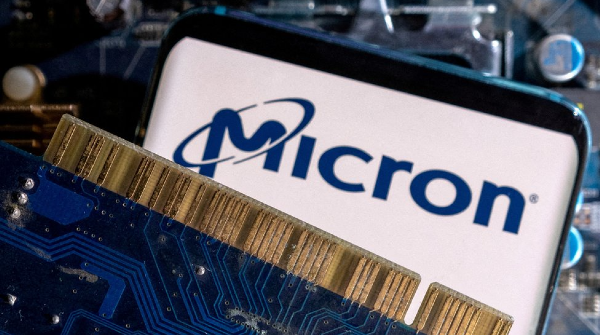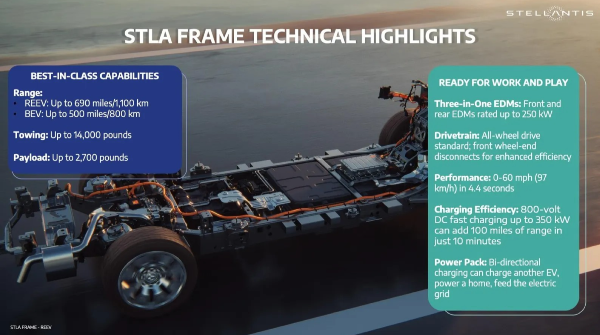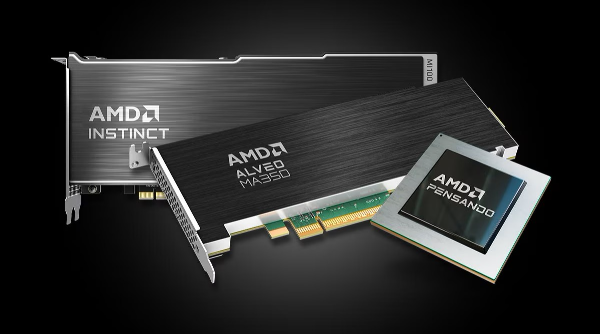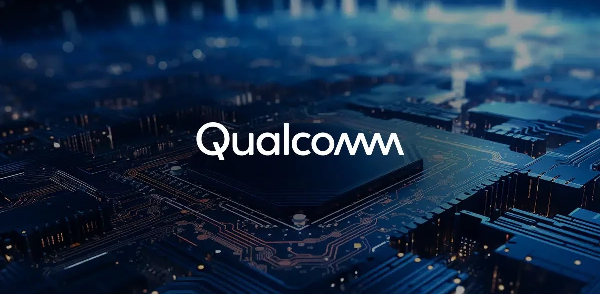Retiring in 2005 after selling my financial advising business, I’ve spent years helping individuals navigate the complexities of retirement, education funding, and savings strategies. Over time, my focus shifted towards understanding the intricate world of stocks and their pricing dynamics. Traditionally, I relied on earnings-per-share (EPS) multiples to project future stock prices. However, the advent of artificial intelligence (AI) has revolutionized my approach, allowing me to analyze stocks with precision comparable to Wall Street analysts.
Traditional Stock Analysis: A Quick Overview
For years, stock evaluation boiled down to calculating future EPS and applying a price-to-earnings (P/E) ratio, whether historically supported or current. By estimating these values, I could project a company’s stock price for a specific future date. For instance, Micron Technology—a stock I’ve recently analyzed—had its EPS estimates projected for 2025, 2026, and 2027. Using conservative, moderate, and aggressive P/E ratios, I generated price projections ranging from $75.36 to $126.24 by 2025.
AI as a Game Changer
AI has elevated the process beyond simple EPS multiples. Today, I leverage an AI agent to incorporate data from financial statements, earnings reports, and SEC filings. This includes critical insights from 10-K reports, which reveal a company’s future outlook and recent activities. My AI tool synthesizes this information into a comprehensive analysis, enabling deeper insights into stock performance.
For example, Micron’s recent history showcases the power of AI-driven analysis. In 2023, the company faced significant challenges due to a glut in NAND memory chips, leading to inventory write-downs and negative earnings. Yet, AI highlighted growth areas such as DRAM—a segment with increased demand driven by AI and data centers.
Advanced Projections with AI
AI’s ability to process vast amounts of data enables enhanced future projections. Using factors like discounted cash flow and technical trends, I now estimate Micron’s share price at $130 by the end of 2023. However, growth is expected to slow in subsequent years, mirroring historical trends seen in industries like concrete during the U.S. highway system expansion.
The Democratization of Stock Analysis
AI empowers individual investors to level the playing field with Wall Street. Where once you’d pay Goldman Sachs analysts exorbitant fees, now AI tools offer comparable insights at a fraction of the cost. These tools continuously improve, providing features like competitor analysis and enhanced trend projections.
Join the Revolution
If you’re intrigued by the possibilities AI offers, I invite you to explore my stock analysis reports. Visit my website for a free trial, where you’ll find detailed insights into stocks like Micron, Apple, and NVIDIA. Together, we can harness AI to make smarter investment decisions.
https://youtu.be/te9uRL7h1Tw?si=4FXxQX8XxeB2OMgI































Retiring in 2005 after selling my financial advising business, I’ve spent years helping individuals navigate the complexities of retirement, education funding, and savings strategies. Over time, my focus shifted towards understanding the intricate world of stocks and their pricing dynamics. Traditionally, I relied on earnings-per-share (EPS) multiples to project future stock prices. However, the advent of artificial intelligence (AI) has revolutionized my approach, allowing me to analyze stocks with precision comparable to Wall Street analysts.
Traditional Stock Analysis: A Quick Overview
For years, stock evaluation boiled down to calculating future EPS and applying a price-to-earnings (P/E) ratio, whether historically supported or current. By estimating these values, I could project a company’s stock price for a specific future date. For instance, Micron Technology—a stock I’ve recently analyzed—had its EPS estimates projected for 2025, 2026, and 2027. Using conservative, moderate, and aggressive P/E ratios, I generated price projections ranging from $75.36 to $126.24 by 2025.
AI as a Game Changer
AI has elevated the process beyond simple EPS multiples. Today, I leverage an AI agent to incorporate data from financial statements, earnings reports, and SEC filings. This includes critical insights from 10-K reports, which reveal a company’s future outlook and recent activities. My AI tool synthesizes this information into a comprehensive analysis, enabling deeper insights into stock performance.
For example, Micron’s recent history showcases the power of AI-driven analysis. In 2023, the company faced significant challenges due to a glut in NAND memory chips, leading to inventory write-downs and negative earnings. Yet, AI highlighted growth areas such as DRAM—a segment with increased demand driven by AI and data centers.
Advanced Projections with AI
AI’s ability to process vast amounts of data enables enhanced future projections. Using factors like discounted cash flow and technical trends, I now estimate Micron’s share price at $130 by the end of 2023. However, growth is expected to slow in subsequent years, mirroring historical trends seen in industries like concrete during the U.S. highway system expansion.
The Democratization of Stock Analysis
AI empowers individual investors to level the playing field with Wall Street. Where once you’d pay Goldman Sachs analysts exorbitant fees, now AI tools offer comparable insights at a fraction of the cost. These tools continuously improve, providing features like competitor analysis and enhanced trend projections.
Join the Revolution
If you’re intrigued by the possibilities AI offers, I invite you to explore my stock analysis reports. Visit my website for a free trial, where you’ll find detailed insights into stocks like Micron, Apple, and NVIDIA. Together, we can harness AI to make smarter investment decisions.
https://youtu.be/te9uRL7h1Tw?si=4FXxQX8XxeB2OMgI